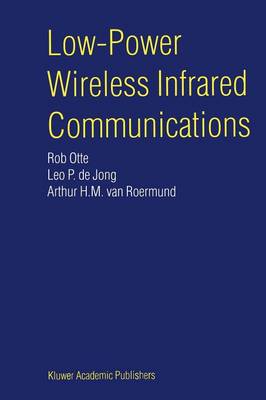Today, wireless infrared transmission has entered our homes, offices, industry and health care, with applications in the field of remote control, telemetry, and local communication. This book is about the underlying technology. As it is an outgrowth of my Ph.D. thesis, the emphasis is on fundamental aspects rather than industrial aspects, like the standardization effort by the IrDA [7]. I guess that this is not a drawback, as, eventually, the laws of physics apply to all of us! As the applied radiation is not necessarily in the infrared, throughout the book we usually prefer the term optical transmission. As most equipment is battery-powered, the emphasis is on power optimiza tion of the optical transmission system. System parameters as well as environ mental parameters that determine the eventual transmission quality are iden tified, to facilitate well-reasoned system design. Many design rules, based on calculations, measurements and simulations are presented to help the designer push the performance close to the limits set by nature and the available tech nology. The first chapters introduce the subject and the present the scope of the book. Then, the basic transmission link is introduced in chapter 3, and strate gies to optimize its signal-to-noise ratio are discussed. Lighting flicker is identi fied as a possible source of interference. Then, receiver noise and bandwidth are discussed in chapter 4, mainly based on the material presented in [66], [67], [69].
- ISBN13 9781441951069
- Publish Date 3 December 2010 (first published 30 September 1999)
- Publish Status Active
- Publish Country US
- Imprint Springer-Verlag New York Inc.
- Edition Softcover reprint of the original 1st ed. 1999
- Format Paperback
- Pages 160
- Language English
